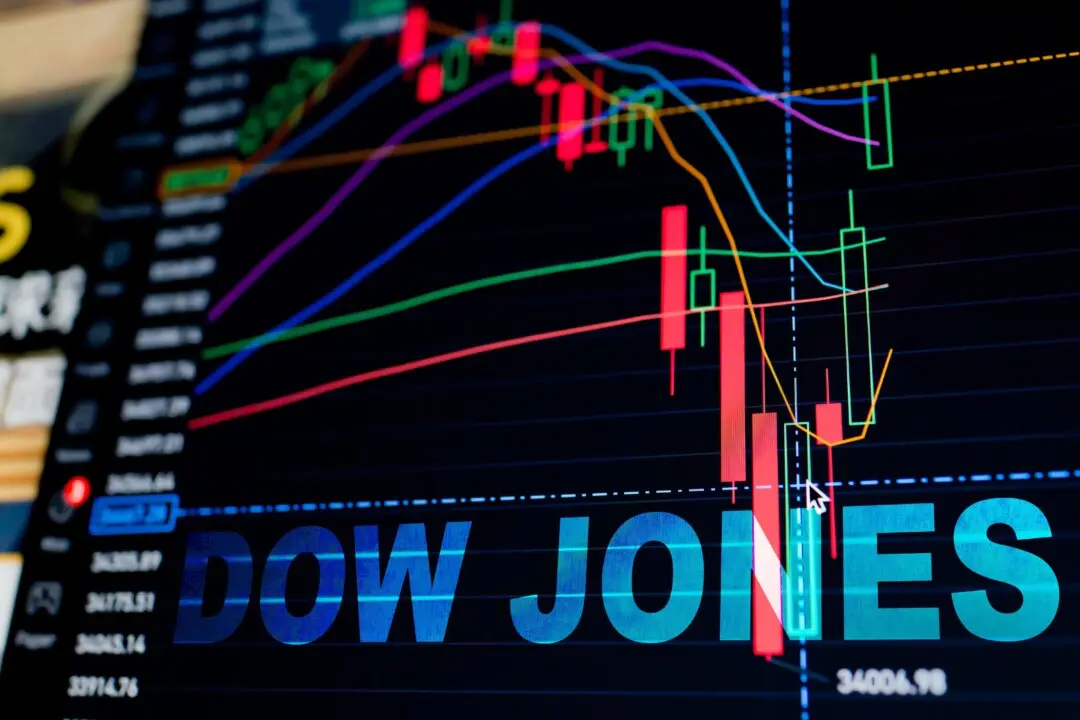NEW YORK—The nation’s largest public school system is staying open during the coronavirus crisis, New York City’s mayor said Friday, defying mounting pressure to close as he raised concerns about the unintended consequences of leaving more than 1.1 million students with no place to go.
Mayor Bill de Blasio’s decision leaves the Big Apple as an outlier among a growing list of cities and states, from Pennsylvania to Oregon, that are closing schools for a week or more as part of a nationwide attempt to limit the spread of what’s known as COVID-19.





